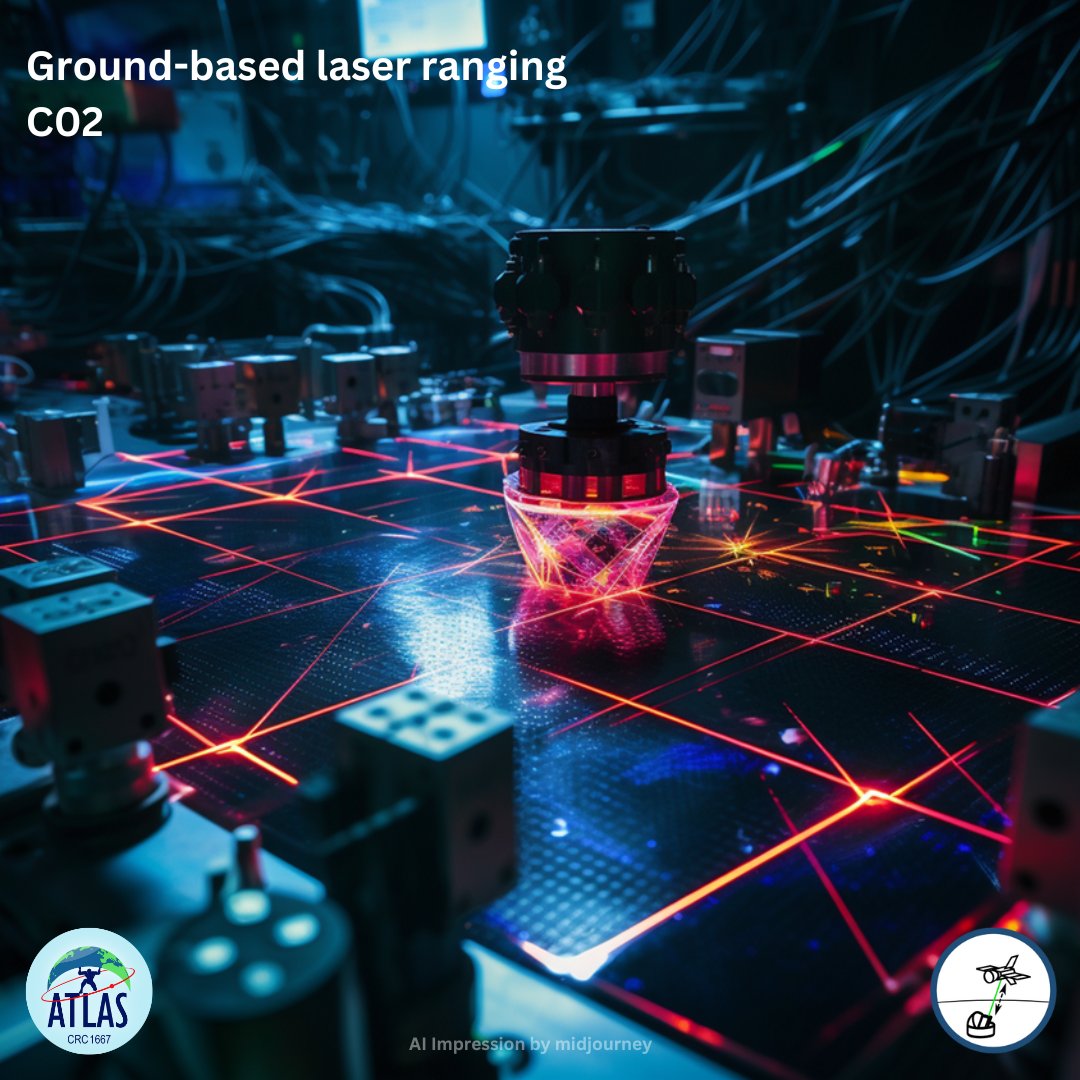
ATLAS
@atlas_crc1667
Advancing Technologies of Very-Low Altitude Satellites
Increasing the lifetime of satellites in VLEO regime
Funded by DFG-CRC 1667
ID: 1791104907111526408
https://www.sfb1667.uni-stuttgart.de/ 16-05-2024 13:57:46
41 Tweet
24 Followers
85 Following


















🎄Christmas is just around the corner and we hope you all have a wonderful time. You may have discovered us on the Christmas tree, as well as other groups like KSat Stuttgart and astraeus.




















